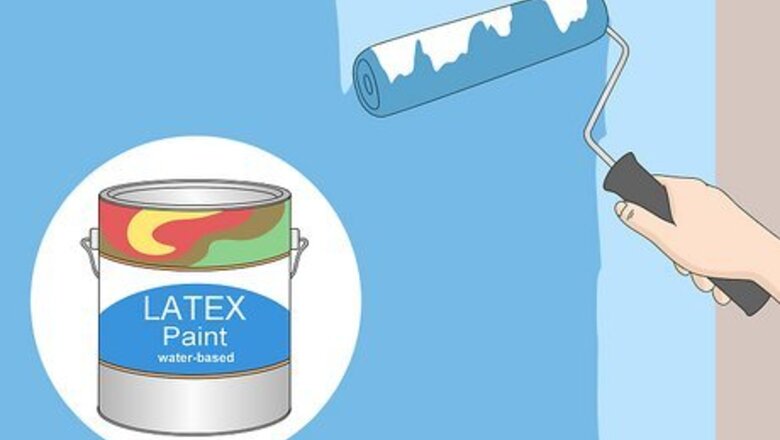
views
- Wait between 2–4 hours for water-based latex paints before putting on another coat. Give oil-based paint 24 hours before you apply a second coat.
- Paint will usually dry to the touch within 1–2 hours, but wait the full recoat time before you add a second coat.
- High humidity, low temperatures, and poor ventilation can all increase drying time.
- If you’re not sure that your paint is ready for a recoat, always err on the side of caution and wait another 24 hours or so.
General Drying Times
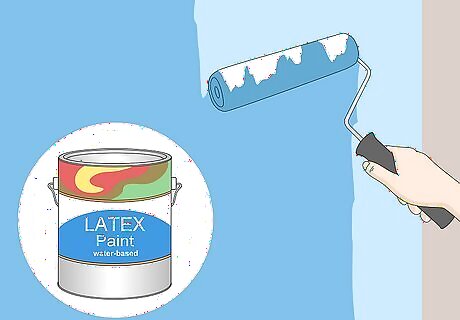
Latex paint: 2–4 hours Latex paints are water-based, so the moisture evaporates a bit quicker after you apply them and you can do multiple coats on the same day. Latex paints might feel dry to the touch within 30–60 minutes, but they need just a little longer to fully dry before you touch them up or apply another coat. Different finishes have slightly varying drying times, so always be sure to check the paint can to see what it recommends. Matte: 2 hours Eggshell: 2 hours Semi-gloss: 2 hours Gloss: 4 hours Chalk paint: 4 hours Ceiling paint: 2 hours
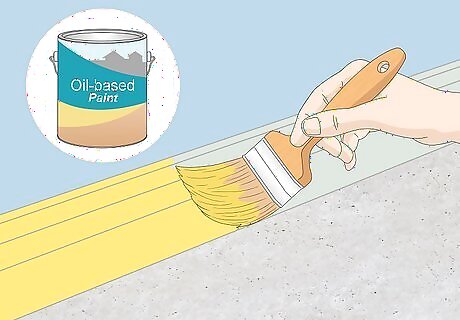
Oil-based paint: 24 hours Oil-based paints are great for getting a smooth finish that’s more resistant to damage, but they take a lot longer to dry in between coats. Even though oil-based might feel dry to the touch after a few hours, let it dry completely overnight to ensure that your next coat adheres properly. Oil-based paints are usually used for exteriors, trim pieces, doors, and any other materials where you want to hide brushstrokes.
Factors That Affect Drying Time
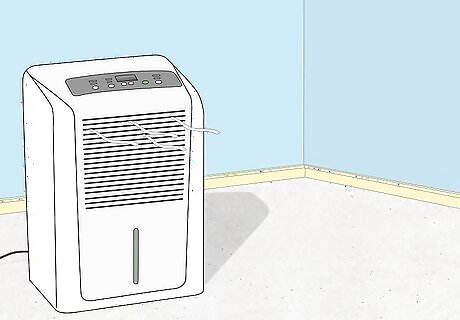
Humidity When the humidity is higher than 50%, the moisture in the air could prevent your coat of paint from drying. Always check the weather in your area for the few days that you plan on painting so it doesn’t get too humid. If you’re painting indoors, try running a dehumidifier to help pull the moisture out of the air and speed up your drying time.
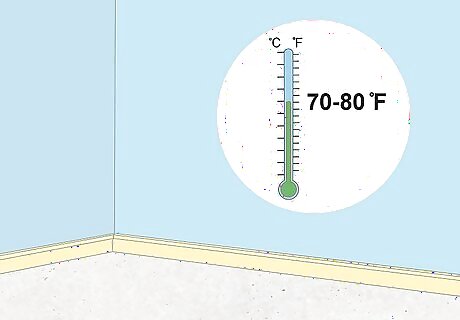
Temperature Most paints dry best when they’re around 70–80 °F (21–27 °C), so temperatures that are any colder could make you wait longer between coats. If you’re painting interior walls, check the recommended drying temperature on the paint can and set your thermostat. If you’re painting outside, then wait for a few days of warm weather without any rain.
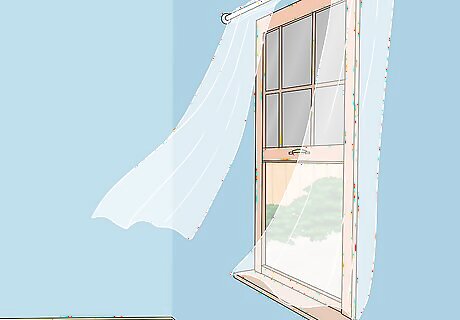
Ventilation If there isn’t a lot of airflow in the space where you’re painting, then the moisture in the paint doesn’t have anywhere to go. Increase the airflow in the room by opening doors and windows or turning on a fan so you can speed up the drying time.
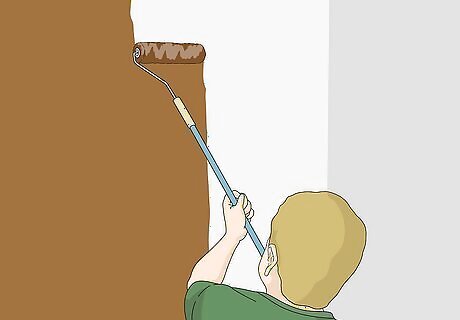
Paint color Darker paint colors tend to take longer to dry than lighter hues. Give yourself an extra hour or two of drying time between coats if you’re working with blacks, browns, or any other dark colors.
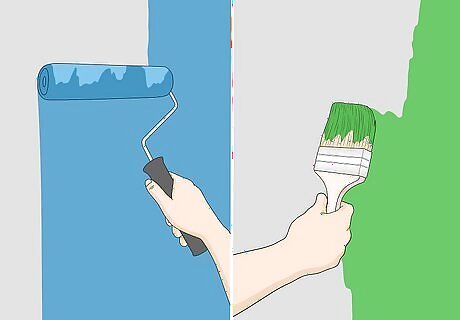
Application method Different application methods can apply the paint in a thicker coat that can increase your drying time. If you use a paint roller, the paint will spread out more evenly into a thin layer on your walls than if you applied it with a brush.
What happens if you paint another coat too soon?
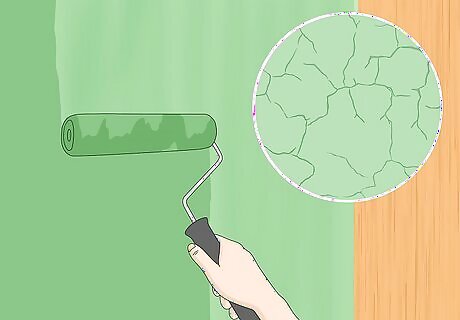
The topcoat of paint could peel or crack if you put it on a wet surface. When you touch up or put another coat of paint onto a surface that hasn't had time to fully dry, it could have a splotchy or uneven appearance. The moisture gets caught in between the layers, which could eventually lead to bubbling or sections peeling away. When the bottom coat is totally dry before you apply more paint, then it will be able to adhere properly. If you’re ever unsure about how long to let paint dry, just wait until the next day to apply the next coat.
Maximum Recoat Times
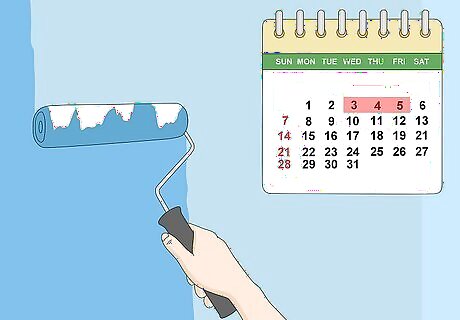
Paint the second coat within 1 week for best adhesion. If something comes up, it’s okay if you don’t recoat the paint right away when it’s ready. Just know that the longer you wait, dust can build up on the first coat and make the next coat look uneven or splotchy. UV rays from the sun can also affect the color or finish of paint in direct light, so be sure to apply the second coat within the week.
How long should paint cure after the last coat?
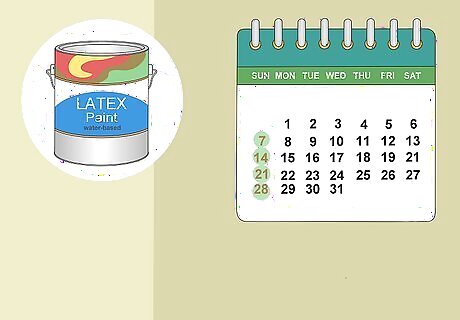
Leave latex paint for about 4 weeks to fully cure after applying it. Curing is when the paint completely hardens so it’s even more protected from damage or regular wear and tear. Avoid scrubbing any painted surfaces and be careful not to scuff up the paint while it’s still hardening. After about 4 weeks, your paint will have fully bonded and is less likely to get damaged.
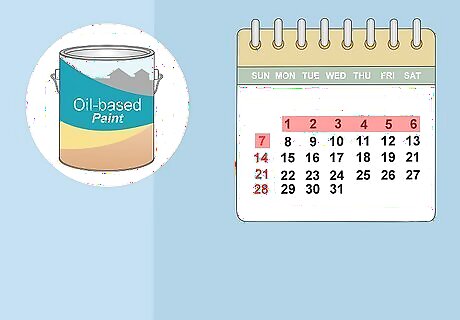
Let oil-based paint cure for 7 days. Even though oil paint has a longer time in between coats, it actually cures a bit faster than latex paint. Just be careful not to brush up against or scrub at the paint until it’s gone through its full cure time. Always double-check the cure time on the paint packaging since it may recommend a longer time.




















Comments
0 comment